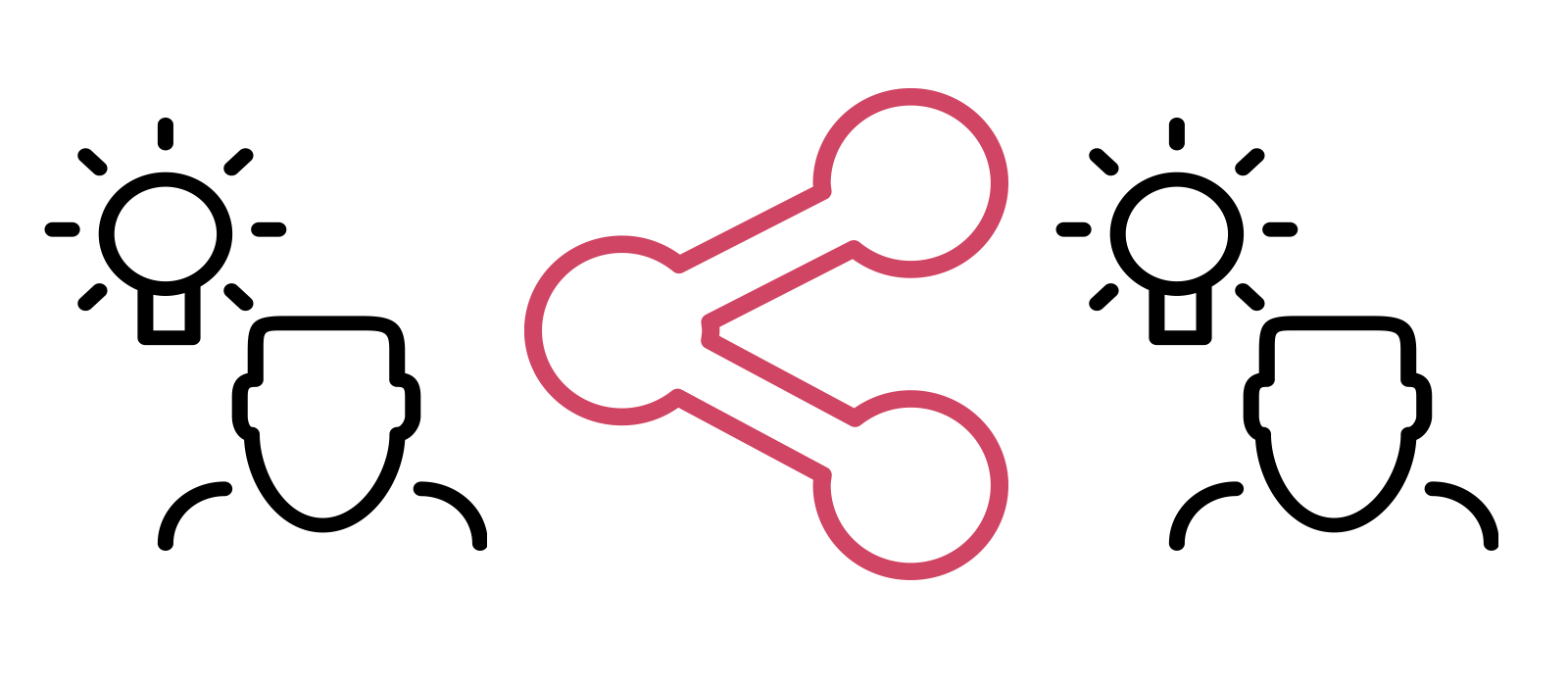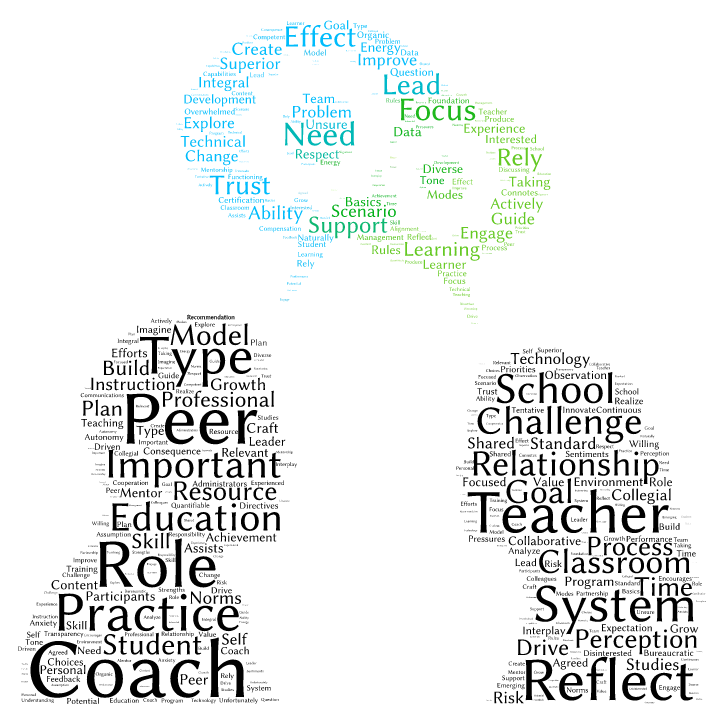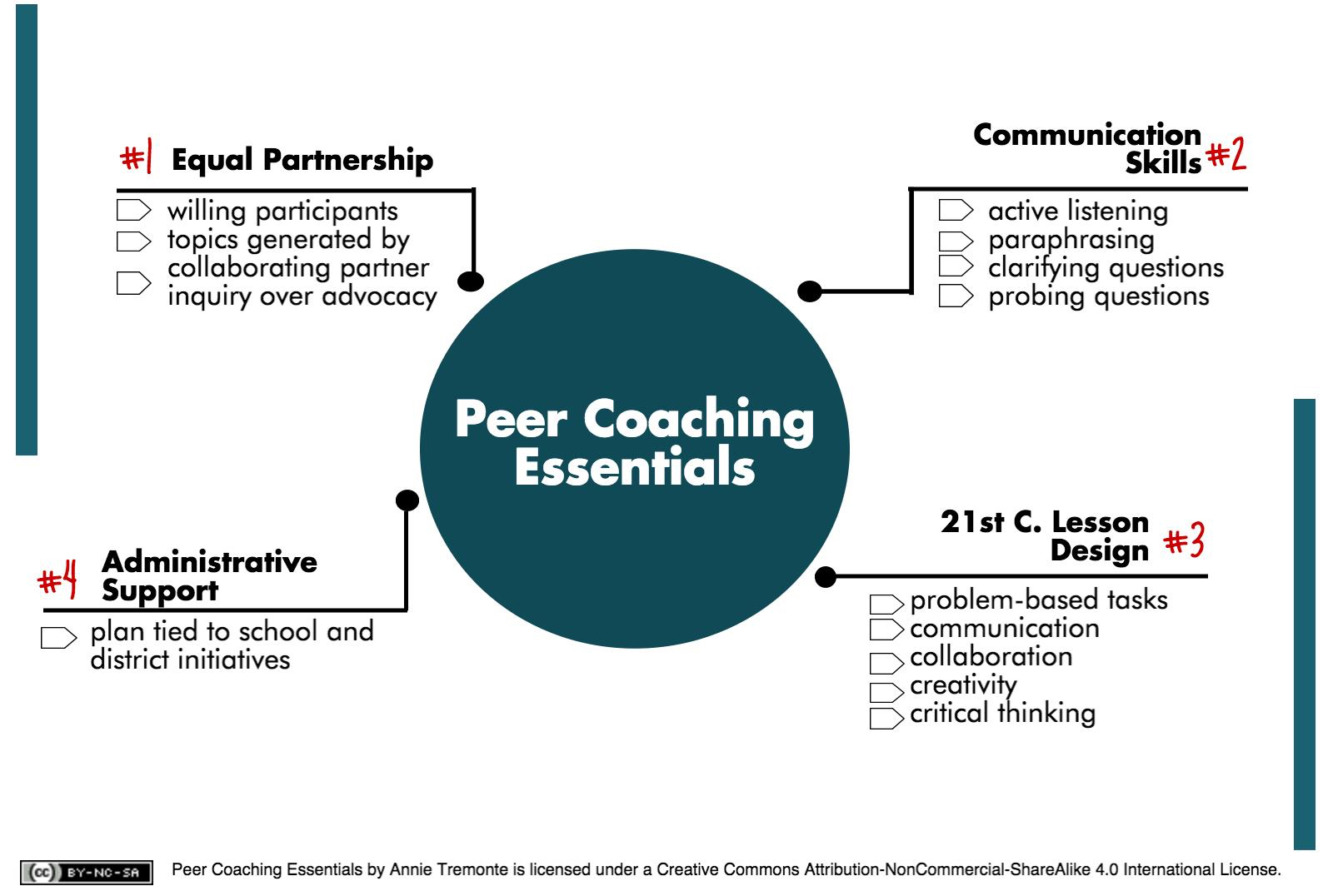As part of my studies with the Digital Education Leadership program at Seattle Pacific University, I recently engaged in and completed an exercise in peer coaching with a new teacher. I considered the additional challenges that face new teachers in the first few months of school and transitioned from an advocate to a collaborative partner, capable of leading and guiding inquiry. I practiced communication skills, including active listening and questioning strategies as my collaborating partner and I worked to build lessons together. Much of my work in this course centered around the study of Peer Coaching: Unlocking the Power of Communication by Les Foltos.
Tag: peer coach
Why Do We Need to Define What 21st Century Learning Looks Like?

This week in my studies with the Digital Education Leadership program at Seattle Pacific University, I am continuing to explore ISTE Coaching Standards 1 and 2 by investigating what effective student learning looks like. Just as norms are an important part of a peer coaching relationship, so too is a shared vision for what effective 21st century learning looks like. This shared vision creates a starting place for any collaborative work.
The future of education is changing to respond to the internet’s information age. With an overwhelming amount of information accessible online, the role of teachers is less about possessing knowledge and more about facilitating learning driven by the students themselves. It is about preparing students for the emerging skills of tomorrow’s jobs. Resources like the Partnership for 21st Century Learning and the International Society for Technology in Education (ISTE) set out to define what effective students learning looks like to get there. Commonly referred to as the four C’s, communication, collaboration, critical thinking and creativity are referenced as the basic elements of 21st century learning. However, these skills can appear vague or nebulous compared to the daily needs of instruction. As a result, it is important for coaching teams to define which skills are most important to student success (Foltos, 2013). The work to define these characteristics becomes “a road map that describes what teachers need to do to improve their practice and specifics on how to shape teaching and learning activities to reach their goals” (Foltos, 2013, p. 105). Foltos (2013) provided a solid reminder that while it is easy to say that students need to learn 21st century skills, it is more challenging to transfer skills such as critical thinking to daily classroom practice.
How do we turn these frameworks, standards, visions and characteristics into realities? What does it looks like, specifically in an English language arts classroom?
Exploring What it Means to be a Peer Coach

This quarter in my studies in Digital Education Leadership at Seattle Pacific University, I am studying the practice of peer coaching. I have arrived to the table unsure of this role and ready to explore the model alongside my cohort of peers who come from rich and diverse educational environments. So, I am starting with the basics.
What is peer coaching?
While I have not worked in a school with peer coaches before, I have heard the term used in the past. Unfortunately, I have been disinterested because of my perception that it was a form evaluation. In an age when teachers are often blamed for educational malpractice, it is easy to be defensive. Additionally, while the practice of observation is often highlighted as a helpful component of coaching, it is closely tied with evaluation. Since I might not be alone in this perception, perhaps perception is an important consideration when implementing a peer coaching model. In order to address perception, it is best to start with the what before the how. According to Foltos (2013), “A Peer Coach is a teacher leader who assists a peer to improve standards-based instruction by supporting the peer’s efforts to actively engage students in 21st century learning activities” (p. 3). Integral to this process is a coach’s ability to guide a peer towards autonomy (Foltos, 2013). It is also a collaborative process between two peers, not a hierarchy of superiority. Transparency in these goals can also perhaps go a long way in establishing an effective practice.
What is essential for successful coaching?
Based upon the work of Foltos (2013) and my own experiences, the following themes have become apparent.
Participation
A coaching relationship needs to consist of willing participants, who are open to building trust with one another (Foltos, 2013). This trust is the foundation of a working relationship that encourages risk-taking and growth.
Expectations
It is important to set goals and norms collaboratively. While it can begin with a school or district goal, it can also stem from goals set by the coaching partnership (Foltos, 2013).
Respect
Establishing modes of respect is a separate consideration from participation. It is important to address time as a factor in a coaching relationship, and recognizing certification hours and/or compensation for work being done outside of the school day can properly value the process.
